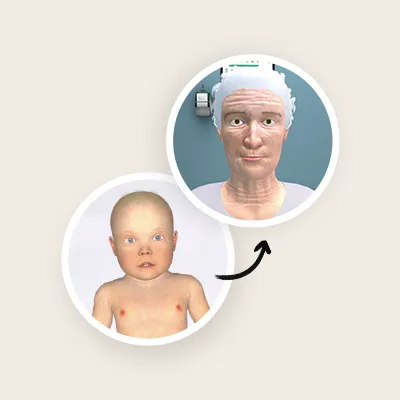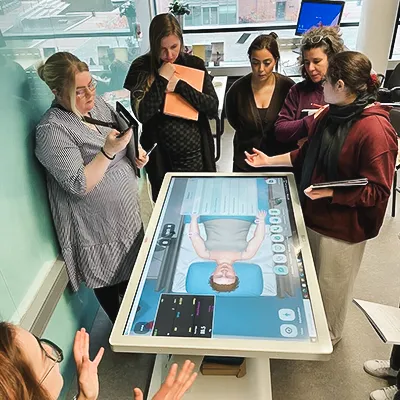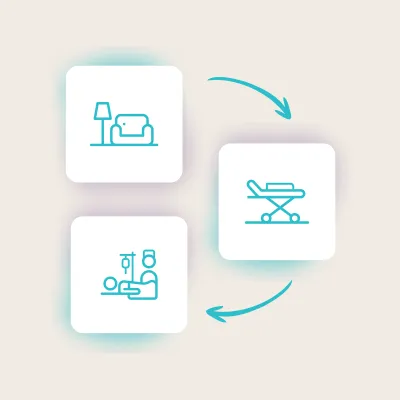With 15 years as an Emergency Nurse, Lorraine Betts practical learning experience was through the use of manikins. A few years later, now as an educator at George Brown College, she teaches her nursing students with the help of virtual patients.
The first time she used Body Interact Lorraine remembers “it felt like being back to the Emergency Room”. “The adrenaline rush, the excitement, the chance to save a virtual patient, of taking care of him was just phenomenal”, mentioned Lorraine.
In 2018 before George Brown College acquired Body Interact interactive table, the institution decided to develop a research study to find out what students thought about the virtual patient simulator and how it could be implemented in the university curriculum.
The conclusions have shown that either virtual patients, either manikins, both education resources contribute to the learning curve of the students and with complementary purposes. Virtual Patients develop knowledge and complex cognitive operations such as perception, interpretation, judgment and decision-making. And manikins help students learn how to perform procedures and develop hands-on practical skills.

Virtual Patients in teams or individually
In mid-march 2020 classes were cancelled, campus were closed and rotations were suspended. To enable practice to keep on-going, students from George Brown College were assigned Body Interact clinical scenarios.
In synchronous classes, students were challenged to solve a scenario together as a group in class or in teams. The nursing educator explained the “scenarios were always based on content they already had” as a chance to “see them apply knowledge into practice”.
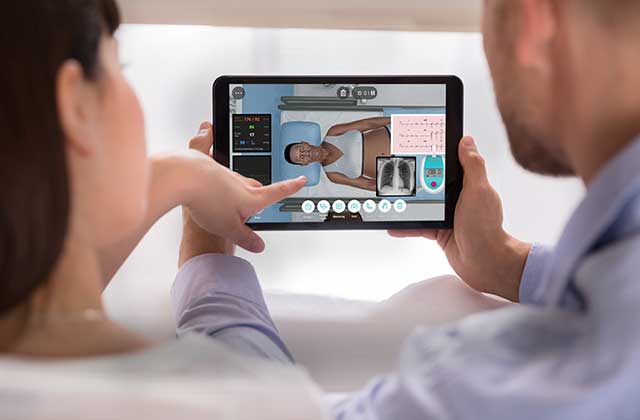
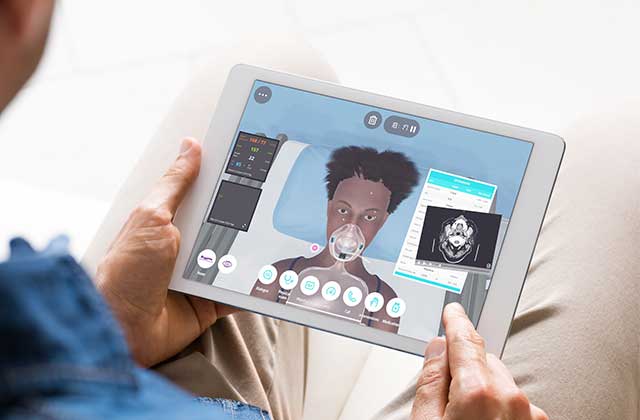

Stop and Play
For Lorraine Betts, the Body Interact “stop and play” feature is one of the most useful techniques for educators. It allows them to ask questions and understand the reasoning of their students’ during the case itself, without losing time or the patient’s condition deteriorating. “What do you know? What is missing? What do you think is happening with the patient? Why did you choose that specific intervention?”, she would ask.
After the scenario, in the debriefing session, Lorraine and the students were able to review the timeline and the performance report. This gives students the chance to “understand why some actions were first, second or considered a non-priority and how these priorities impact the patient’s condition”, explained the nursing educator.
Also important was to link the session with the course outcome and the applied competencies. After all, as Lorraine mentioned, “when students graduate they have to declare which competencies they are ready to apply in a real-life situation”.
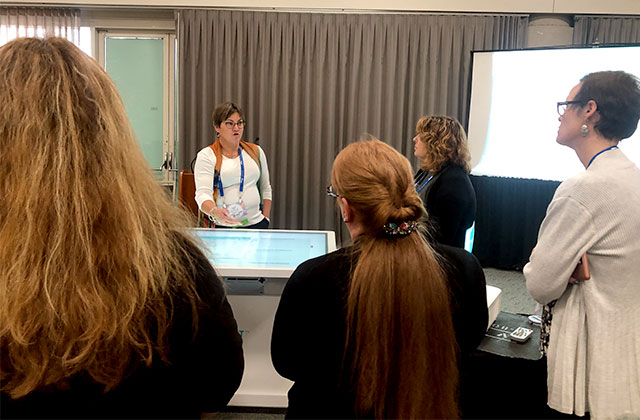
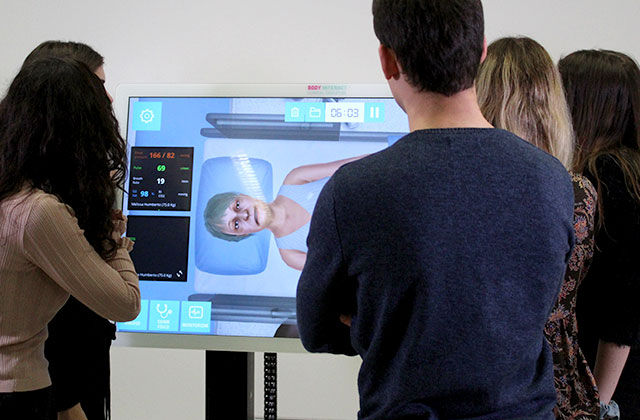

Be the one in charge
Even during challenging times, George Brown College was able to keep its students motivated, active and safe. With the use of individual Body Interact licenses, students had fun at the same time they were learning, visualizing how the patient responded to their actions and had the chance to be the one in charge, taking care of patients without compromising their safety.
The chance of “playing a scenario until they master it, helps them link theory to practice”, mentioned the nursing educator. Additionally, by repeating the clinical scenario in a facilitated session with the all class, Lorraine helps her students go further and understand the rationale behind the decisions and actions needed to be taken.
As George Brown College was one of the participants on the Body Interact Global Impact Study in Clinical Education, Lorraine shared some of its results:
- Body Interact identify gaps in knowledge, constitutes a good reviewer for exams preparation and allows students to learn from their clinical mistakes;
- Reinforces learning;
- Presents a range of clinical scenarios with different levels of difficulty, appropriate to the learner level
- Works on the step by step of clinical reasoning (starts with the dialogue, continues to the monitoring and follows with the physical examination)
- Provides students the opportunity to care for a patient while at home or in-person, individually or in groups
During the last year, students have had access to the Body Interact COVID-19 virtual patient scenarios. As a matter of fact, Lorraine students’ recognized its importance as it “helped them understand better why it is such a health crisis”, commented the nursing educator.

